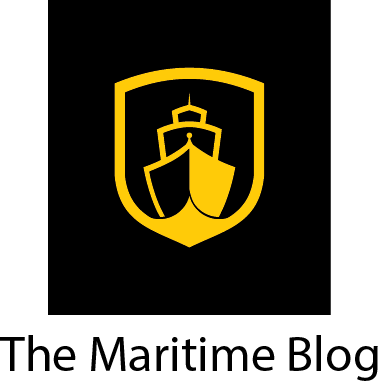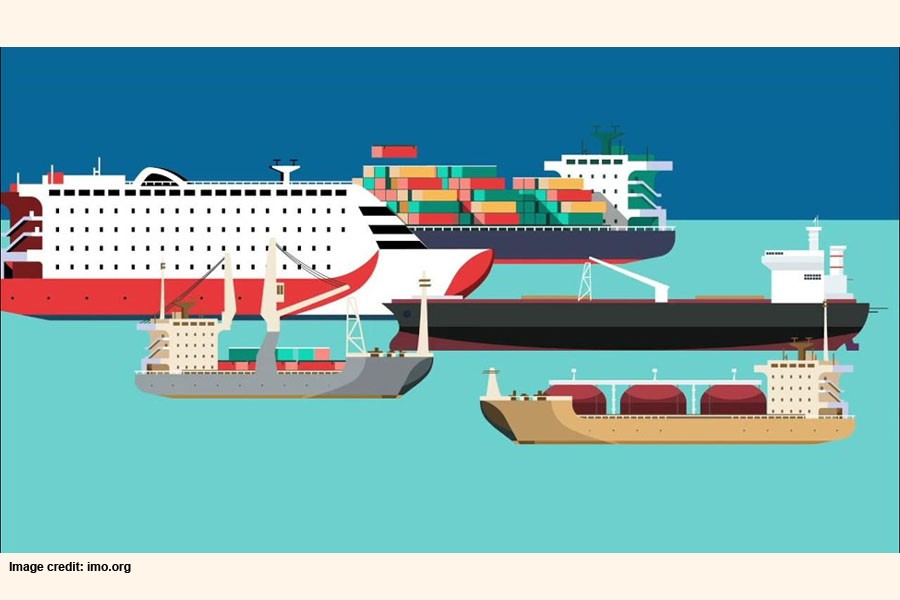
Let me begin today’s column with some special praise for five of my industry sources, whom I’ve nicknamed Mr Big, an industry executive (North America); T Island, supply chain specialist (APAC); Oasis, industry finance veteran (Europe); The Doctor, a freight forwarding innovator (North America); and Sunshine (Europe), a freight forwarding veteran.
With 127 years’ market experience between them, what they also have in common is that, little by little and from very different perspectives, they have added immense value to the debate surrounding the box carriers’ futures, in an ocean freight market where the middle-man is sailing against the wind.
The forthcoming financial updates of the major carriers will be pivotal; and with the earnings season opening on Thursday (with Hapag-Lloyd), AP Møller Mærsk Group (APMM) is the most debated carrier.
Make or break
The latest market news was mildly disheartening. As The Loadstar reported last week, despite blanking 11 sailings this month, carriers have so far failed in their efforts to lift freight rates between Asia and North Europe – and it does not look good elsewhere, as global growth projections come under strain.
The first problem with APMM, which reports third-quarter numbers next week (14 November), is that even its mid-point guidance ($3.85bn) for annual ebitda – which is reflected in consensus estimates from financial analysts – implies peak margins in the third and fourth quarters, including substantial benefits from M&A-related synergies.
For comparable purposes, the two tables below show, respectively, how the main revenue generator of the group, Maersk Line, performed in the third quarter of last year, and the main challenges the group had to deal with in the second quarter of 2018, which are set to stay in the third quarter.
In the third quarter of 2017, Maersk Line reported $755m of quarterly ebitda, while group ebitda was $3.8bn in the first half. In the quarters since, however, APMM has never breached the $1bn level in quarterly group ebitda, and that is because it has shrunk following disposals.
The first table above helps us understand in a flash how much it has changed, operationally and financially, due to a smaller assets base, while the second picture suggests what to expect and how difficult it might be to deliver when it reports its interims.
Consider that the third quarter of last year is unlikely to be materially different from this year’s update, in terms of the challenges it had to face, giving continuity to Q2 findings in regard to heavy investment projections, for example.
More broadly, the third quarter was highly unlikely to be materially different from the second quarter in terms of costs management, growth and working capital, although APMM’s short-term liquidity trends might improve if it delivers on its promises.
However, reality kicks in when projections for the second half of the year are tested.
Based on my calculations, APMM could get very close to falling through the low end of 2018 ebitda guidance if, rather than a rich 11.5% margin (implied in current projections from the sell-side) – a level of ebitda profitability it has never achieved since its corporate transformation occurred in the fourth quarter last year – we posit a 10.2% ebitda margin, which was its peak ebitda margin in Q4 17.
While most financial analysts are comfortable with $2.2bn of projected ebitda, almost evenly split between Q3 18 and Q4 18, combined H2 18 ebitda could be $250m lower than envisaged on an aggregate basis, even going with a 10.2% ebitda margin (again, this is ebitda margin in Q4 17, which is materially higher than Q1 18’s 7.2% and Q2 18’s 9.3%).
If my base-case scenario plays out, it will just manage to hit $3.56bn of annual ebitda – bang in line with the low end of guidance.
Net profit in Q3 and Q4 could be well below the projected $200m mark for each quarter – essentially, excluding one-offs, APMM could be barely profitable ($70m/$80m per quarter) in Q3 and Q4, despite almost $19.5bn of Q3+Q4 sales). There are many moving parts here, of course, but such a depressed level of net adjusted earnings would be very bad news for its (falling) core cash flows and (rising) net debt position.
It’s the same story for Hapag-Lloyd, which is better off, I reckon, but will almost certainly be in the red this year.
Hapag
Anything below $1bn (€876m) annual ebitda for the German carrier could determine a renewed sense of urgency in Hamburg, as far as additional consolidation plans are concerned.
Softer numbers could be more problematic than they were a few years ago, because, apart from the Taiwanese carriers, it is hard to envisage a partner of a certain size for Hapag – and the odds for domestic consolidation in Taiwan are significantly shorter than those of a takeover from a foreign buyer.
Hapag’s numbers are easier to compare than APMM’s, but there are caveats.
Although some adjustments and assumptions must be made, it can be argued that some of 2017 tailwinds are this year’s headwinds (comparable numbers are harder to beat), which is hardly surprising.
As I said recently, Hapag was priced to perfection at €36 a share, and currently trades around €33. Its guidance was cut earlier this year, but guidance risk could be higher now if its underlying profitability has not improved significantly in the second half. The good news is that I don’t think a further guidance cut is on the cards.
In the third and fourth quarters, Hapag is expected to generate €5.6bn of aggregate sales and ebitda of €353m and €283m, respectively. Although those projections are based on rapidly expanding margins in line with last year’s trends for the second half, they seem fair, if only a tad bullish.
That said, even assuming forward-looking estimates are right, it will be in the red to the tune to of €50m-€128m at the end of 2018, based on my estimates.
Of course, if the underlying margins were under more pressure than expected in the third quarter, and headwinds persist in the fourth quarter, it might upset some of its core shareholders who need higher dividends, which were re-installed only last year, to preserve sagging returns.
Take its shareholders (above), and Klaus-Michael Kuehne in particular. Based on my calculations, Mr Kuehne’s vehicle has recorded a barely positive internal rate of return (based on a share price at €33) over the past decade on its “investment” – his contribution was key when the struggling carrier was bailed out in 2008 – and now its saviours could do with a little dividend boost, but Hapag can barely afford it.
Market consensus estimate price in a 20% cut in 2018, and heightened dividend risk comes as my contacts’ mood is easy to sum up.
Mr Big is puzzled; T. Island is wholeheartedly disenchanted, to say the least; Oasis is consciously pessimistic; while The Doctor is cynical when he talks of appalling capital allocation strategies for the asset owners. Finally, Sunshine mixes sarcasm and irony in a way that often leave me in awe, but he often predicts trouble ahead for the carriers, blaming their mentality.
While all my contacts question the digital strategy of APMM and, in turn, Hapag’s, most seem to agree on a key takeaway: this quarter is crucial, and the carriers’ story resembles a revisited version of the fable of the scorpion and the frog – with some carriers, however, behaving more scorpion-like than frog, as shown lately by France’s CMA CGM’s strategy.






























